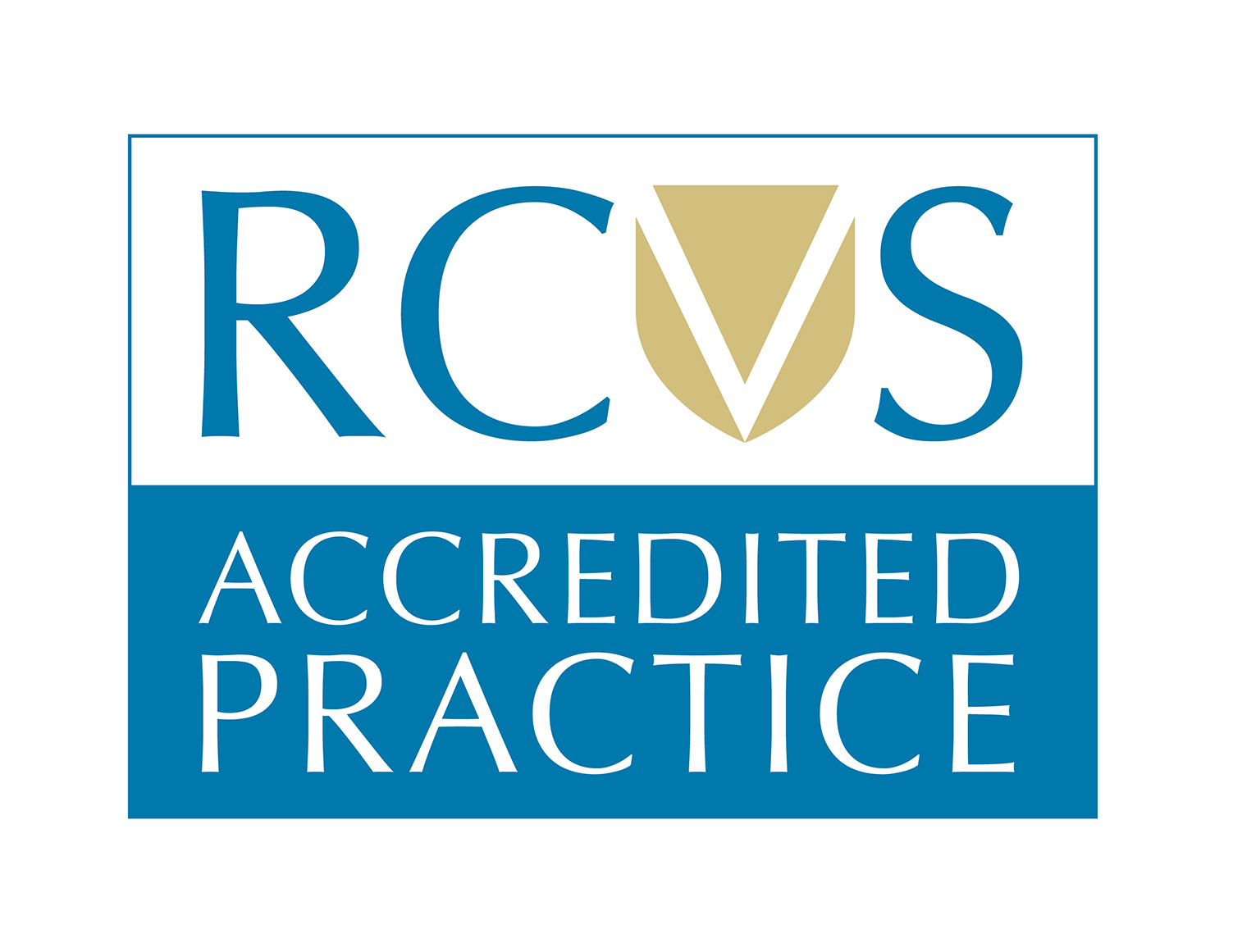Sacroiliac joint problems are common in horses, particularly performance horses that do a lot of jumping or fast work. However, the causes of sacroiliac pain can be complex, often rooted in lameness. In this article, we cover the basic anatomy of the sacroiliac joint, common symptoms of sacroiliac joint pain and how sacroiliac issues are diagnosed and treated.
Where is the Equine Sacroiliac Joint?
The sacroiliac joints are large joints connecting the underside of the ileal wing of the pelvis (hence “iliac”), to the sacrum (hence “sacro”) in the lower part of the spine. They are supported by the dorsal, ventral, interosseous sacroiliac and sacrosciatic ligaments.
Just in front of this region, the sacrum joins the lumbar spine to form the lumbosacral joint, and this is where the majority of flexion and extension of the lumbar spine takes place, particularly when doing fast work and jumping.
Sacroiliac Joint Pain in Horses
Sacroiliac joint pain is common in horses and is usually one of the first signs identified by owners of horses with performance issues. Horses doing fast work, or jumping work, are seen more commonly with sacroiliac issues, as their work requires greater flexion and extension of the spine.
Symptoms of Sacroiliac Joint Problems in Horses
Horses often present with pain behind the saddle, a lack of or irregular muscling over the hindquarters, an unlevel pelvis, a poor quality canter, and reluctance to work over the back.
As the sacroiliac joints are the point at which the limb meets the spine, irregularities of gait and compensation for limb lameness will often cause secondary sacro-iliac pain. Primary sacroiliac issues are certainly possible, although less common. What is important is to identify any underlying limb lameness that may be driving the discomfort, and address that first.
Diagnosing Sacroiliac Joint Problems in Horses
Accurate diagnosis of the problem is the first step in managing these cases. Exactly what is wrong, and where? Is the pain primary or secondary? If it is primary, does it involve the sacroiliac joints, ligaments, or surrounding structures? Some horses with secondary sacroiliac pain will improve after treatment of the primary limb lameness, and concurrent physiotherapy and rehabilitation. Others may require medication of the sacroiliac joints.
Medicating the Sacroiliac Joint
Because the sacroiliac joints lie underneath the ileal wing of the pelvis and cannot be externally visualised, medication involves depositing anti-inflammatories in the muscle near the joints, and relying on those medications to diffuse to the surrounding areas, often including the lumbosacral area.
There are multiple techniques and approaches for this procedure, although it is usually done under standing sedation and local analgesia by passing a large needle under the front of the ileal wing. Using an ultrasound machine to image the needle as it passes under the ileum ensures that the needle placement is correct.
Steroid medications are most commonly used in this region due to their powerful anti-inflammatory properties and the ability to diffuse into other local structures.
Performance Horse Medicine at Avonvale Equine Vet Practice
We are an independent equine vet practice based in Upton, near Banbury, covering the Cotswolds, Warwickshire and Worcestershire. As well as leisure and companion horses and ponies, we also work with performance and competition horses in various disciplines at all levels. Our experienced and highly qualified equine vets have access to state of the art diagnostic and treatments options.
If you have any questions about the performance of your horse, please do not hesitate to get in touch. To register your horse with us, please complete our online registration form.








